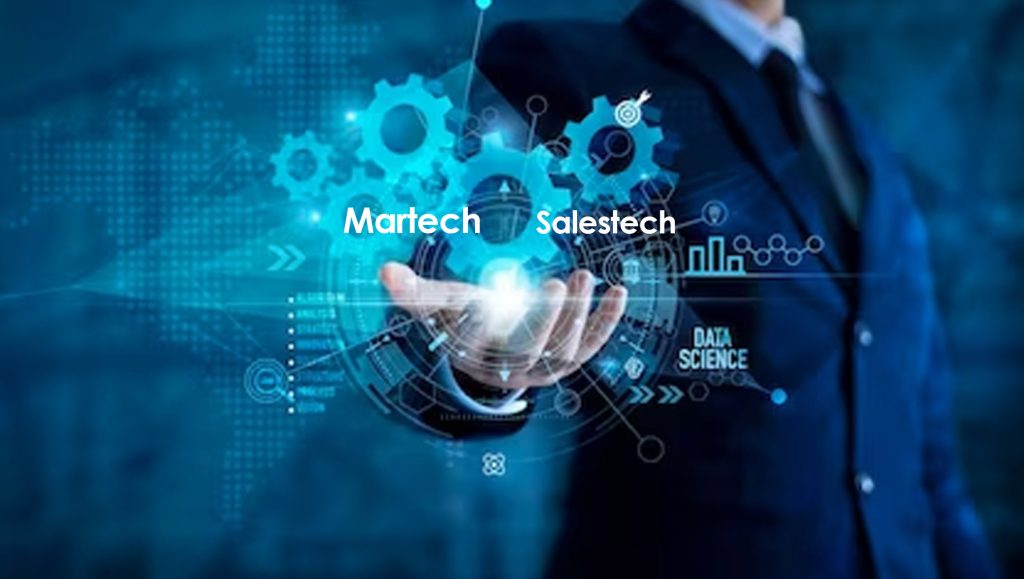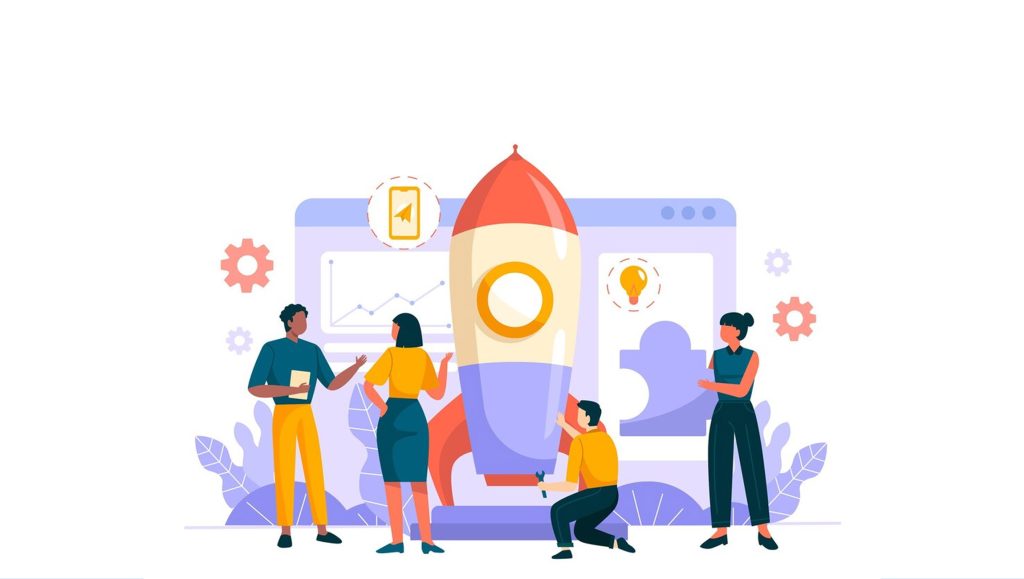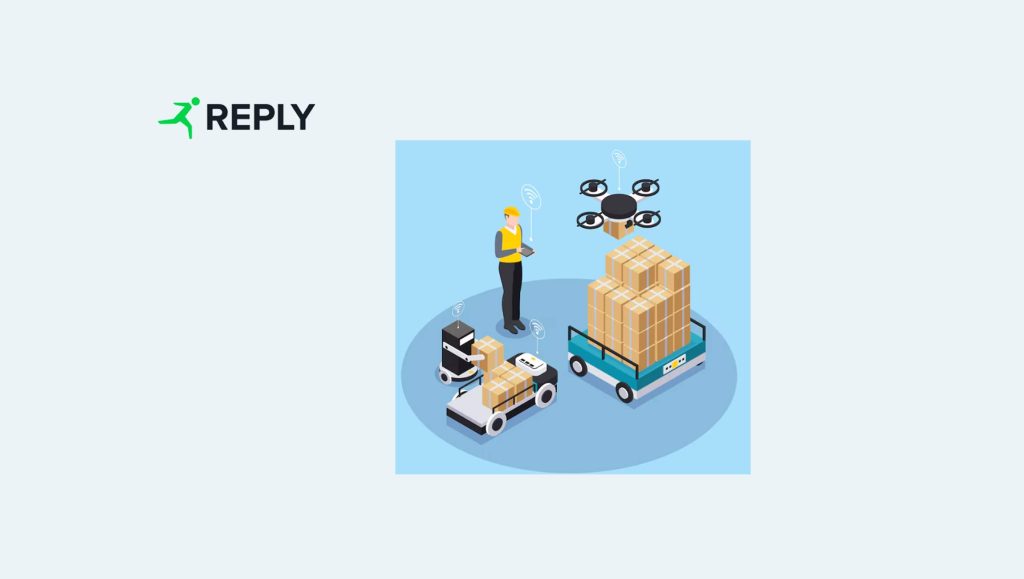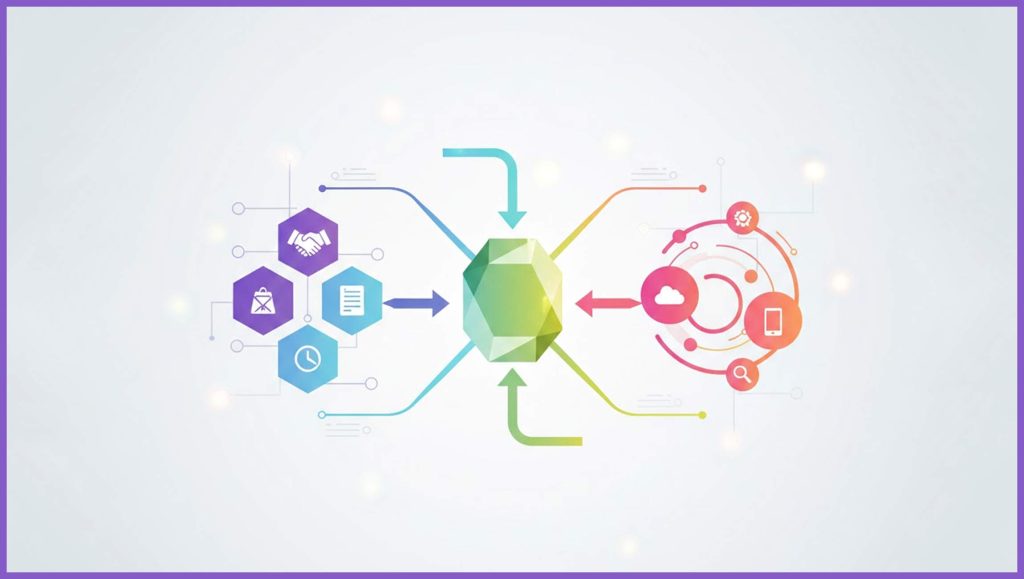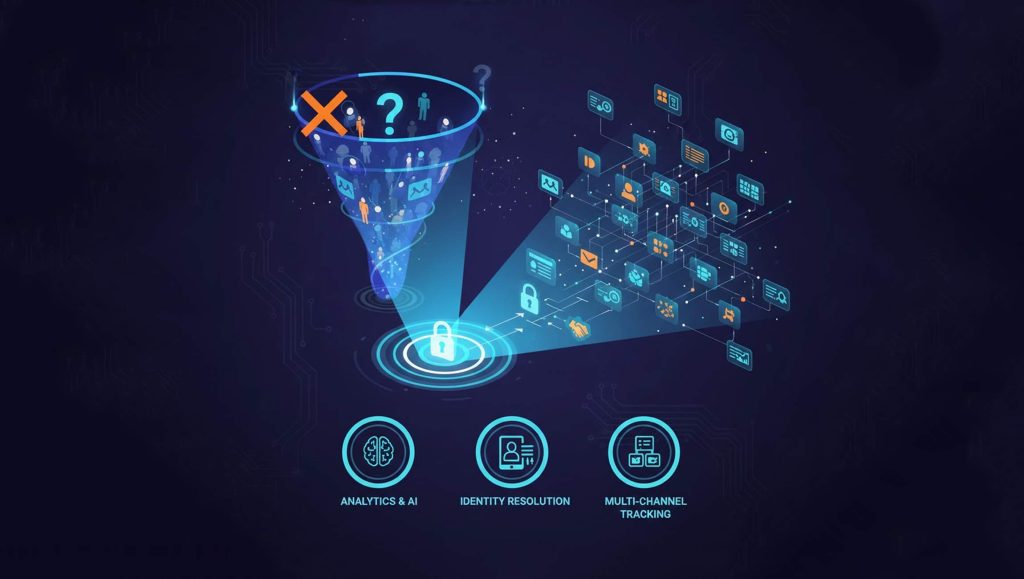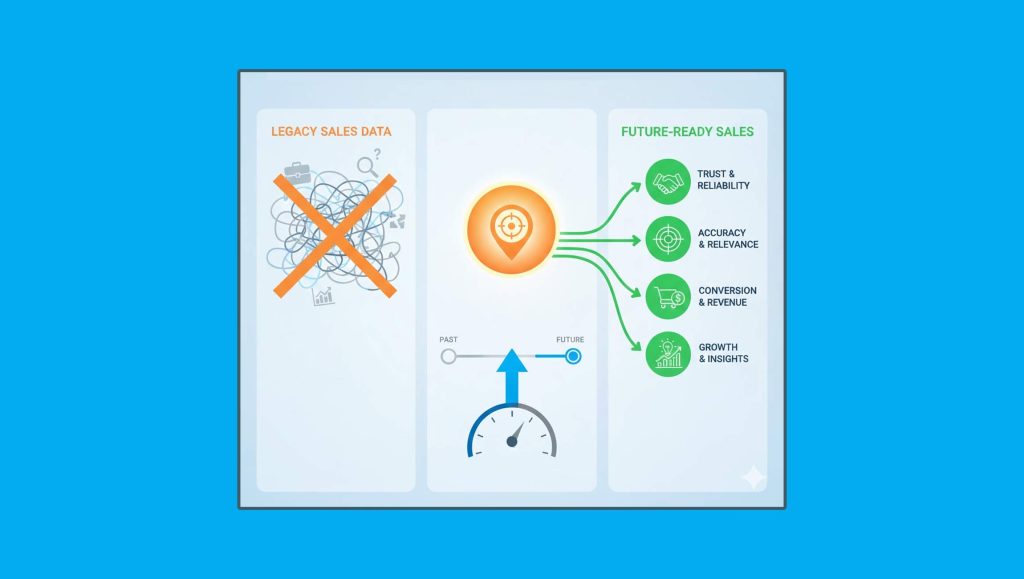Marketing and sales need to work together, but it is challenging from a human, organizational, and technical perspective.
We no longer have sales and marketing functions without technology. It is not wrong to say that the marketing and sales functions of an organization are relying on technology more and more. As the demand increases, we are seeing more and more technologies emerging to meet the needs of modern sales and marketing functions. Using this abundance and adopting these technologies, marketers can increase their chances of success. That said, no automation calls for a sure-shot success. To achieve the desired objective, every automation will require restructuring, reorientation, and organizational learning.
The Popularity of Martech and Salestech
We are embracing digitization day by day. We have automated processes in marketing and sales, making all the tasks easier for us. For example, a consumer adds a pair of sneakers to his cart but leaves the app without making the final purchase. With the help of automation, the customer can be contacted again using a strategy called retargeting. The consumer is sent different promotions and discounts so that he returns and makes the purchase again. Although there is a human mind suggesting these ideas, technologies are making the task easier.
Whether it is a B2B or B2C organization, the marketing and sales functions are interconnected. Where one is responsible for bringing the clients to the table, the other is responsible to covert the leads and retain them for a lifetime. Talking from the technical perspective, it can be a bit challenging. Both departments work on different sets of software tools, and they must be integrated well for a seamless experience throughout the organization. Hence, a new category of solutions has emerged to solve the integration challenge – Enterprise integration Platform as a Service (EiPaaS).
What is EiPaaS?
Simply put, these software solutions help in the easy integration of various tech tools in an organization. EiPaaS is a platform that connects disjointed systems to derive an integrated solution. The system acts as a conduit to establish communication between several systems, enabling data sharing and integration
While installing these systems can be easy, there are a few challenges organizations face to integrate martech and salestech systems. One such challenge is the duplicity of data. The biggest challenge in the successful implementation of Martech and Salestech implementation lies in exchanging data so that no duplicate records are created. Duplicates emerge because the values of the fields in different systems can differ. While humans can easily spot such errors, it becomes quite cumbersome to do so.
Despite the challenges, the integration of Martech and Salestech brings plenty of opportunities to enhance customer experiences. However, one must follow the best practices to enhance and optimize your technology stack.
Read More: SalesTechStar Interview with Neeraj Methi, Vice President of Solutions at BeyondID
Unlocking more value through technology investments
It is time to integrate your Martech and Salestech stack to unlock more value through technology investments. Know that specialized technology platforms play a pivotal role in growth and customer retention. However, many modern companies are stuck in the labyrinth of various platforms that aren’t well-integrated and so, they do not perform to their full potential. Create a detailed understanding of your business goals with a team of technological experts to integrate your tech stack for optimal performance.
Integration of Martech and Salestech can unlock several benefits, such as improved customer targeting, lead nurturing, sales forecasting, and so on.
Take a view of your Stakeholders
The stakeholders in your organization play a pivotal role in setting the key business objectives. You must sit with the heads of each department and collect and harmonize inputs from all the levels on the areas to be improved.
It is paramount to get buy-in from all levels of the organization for the Martech and Salestech integration project. It includes getting input from marketing, sales, IT, and other departments. By getting everyone involved, organizations can ensure that the integration project meets the needs of all stakeholders.
Technology assessment and integration
A successful Martech and Salestech integration lies in your ability to assess the current technology available and how these can be integrated for better results. While you have invested in these technologies very well, without the right integration, you cannot make the most of it in your organization. Start by assessing your growth objectives and current toolset available and finding out how the tools available can be optimized and improved.
Technological road mapping
Technological road mapping is essential in a successful Martech and Salestech integration. We must regularly check the technology roadmap and ensure it aligns with the changing business needs. For example, if the organization launches a new product line, the technology roadmap may need to be updated to include new Martech and Salestech tools to support the launch.
Conclusion
It is time to harness the potential of technology integration. You need to know that there are plenty of opportunities at the intersection.
Read More: Five Strategies for Success as a Chief Revenue Officer


